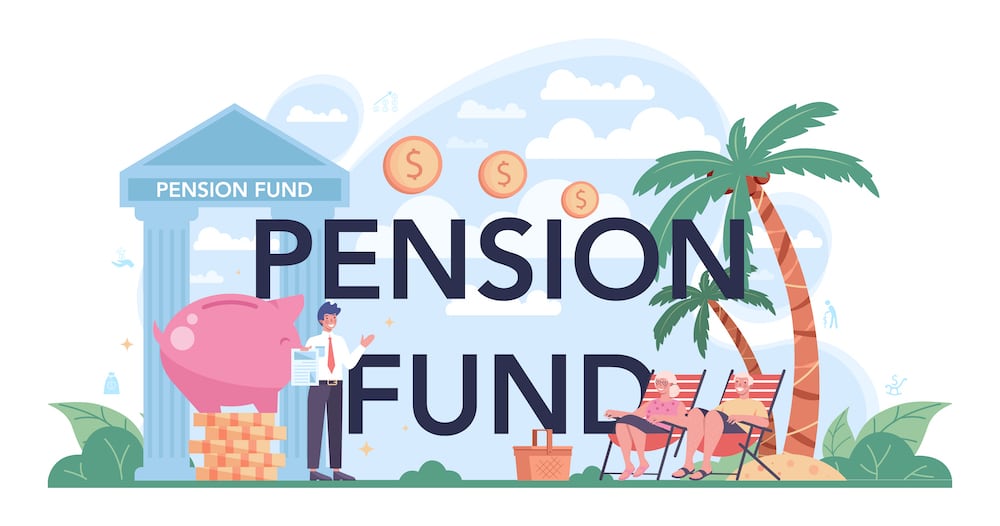Some of us older Financial Independence types, or those who work in certain public sector roles, are lucky enough to have Defined Benefit pensions. But what is rarely talked about in any detail is how you should factor a Defined Benefit pension into your FIRE planning.
Given that both MAFF (my wife) & I have defined benefit pensions and they will provide a relatively large proportion of our desired FIRE income, they are a subject I have thought long and hard about. The good news is that they make FIRE planning way easier and less risky.
Some Facts about My Defined Benefit Pension
Each scheme is a bit different, so don’t assume yours works exactly the same way as mine, but here is how mine works:
- The earliest access age is 55 but this would incur an actuarial reduction in the annual amount
- The standard access age for a full pension is 60
- I can take a 25% tax-free lump sum but obviously, this would reduce ongoing income
- If I die, the pension continues to pay MAFF 50% of the income until her death
- Payments are inflation-linked, going up in line with the Retail Price Index or 5% (whichever is the lower, i.e. it’s capped at 5% per annum)
Increase the % equity allocation in other assets
The first thing I have realised is that I can increase the % of equities we hold in other assets (S&S ISAs & SIPPs) because the DB pension acts as a safety net against sequence of returns risk.
In a traditional FIRE portfolio most people will want to be something like 70% equities vs 30% bonds or some other form of non-correlated asset e.g. Buy To Let. This is to protect you somewhat (hopefully) from a protracted bear market.
In our case, the DB pension offers even better protection, so I can be 100% equities in both the ISAs & the SIPPs because I can accept the higher risk. Another way of thinking about it is that even though I’m 100% equities (in ISAs & SIPPs) in reality I’m only 50% equities because the DB pension accounts for roughly 50% of our FIRE assets.
The Simple Approach
The simple way to look at a Defined Benefit pension in terms of FIRE is to simply find out how much that pension will pay you at a given age and deduct that amount from your required income.
For example, let’s say that my DB pension will pay me £22k if I take it early at age 55 or £29k at my ‘normal retirement’ age of 60. Given my target FIRE age of 55, I could just knock £22k off the income we require from our other assets.
The alternative (whilst still FIREing at 55 or earlier) is to defer taking the DB pension until 60 to avoid the actuarial reduction and use other assets as the bridge. e.g. for the years 55-60 take the money you need out of ISAs or other pensions.
Thinking about Tax
Pension income is taxed the same way as normal income (ignoring the 25% tax-free lump sum) so another factor for me to think about is what order to accumulate assets in the most tax-efficient way.
I’ll do a separate article on my planned decumulation strategy, rather than go into it here.
Take the Tax-Free Lump Sum?
Cons
- Taking the 25% tax-free lump sum obviously reduces the guaranteed level of income
- A higher guaranteed income protects against a protracted bear run
Pros
- The DB pension is only going up each year by the lower of RPI or 5%. If I can take that lump sum and invest it, it should grow by more than that
- Gives us a slug of cash, which we could use to buy a home abroad at some point
- Boosts our ISA pot, which is free of income tax
- MAFF is better off financially if I were to die before her
- Prevents falling into higher rate tax bracket when state pension kicks in
Whilst the lifetime allowance of £1,073,100 has been removed, it still applies to the 25% tax-free lump sum. Meaning if your 25% tax-free sum exceeds £268,275, you are liable to tax on the excess.
